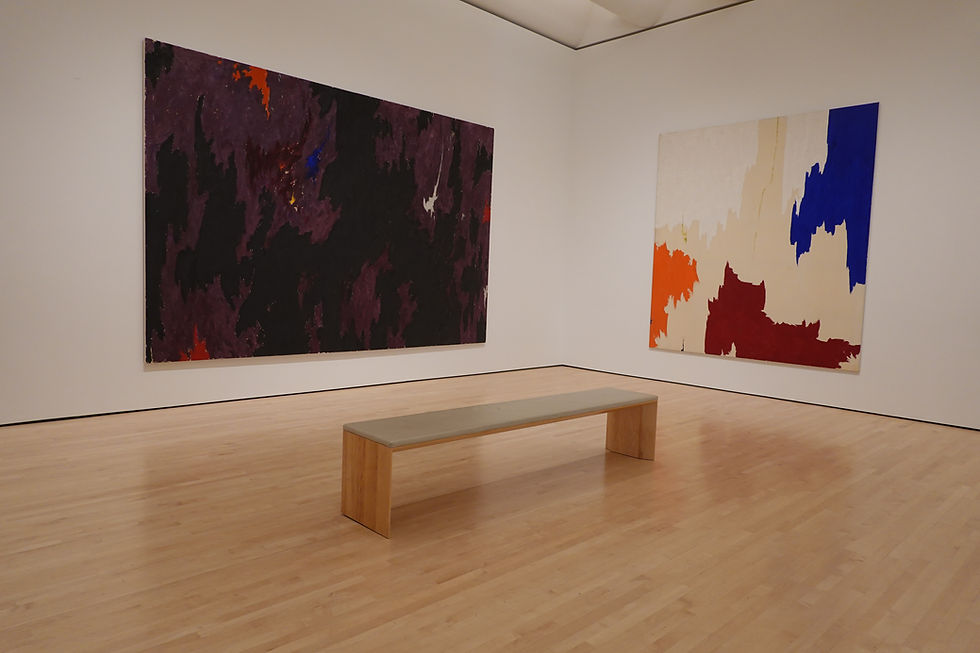Gadamer's Hermeneutics in Photography: Perception and Reflection of Reality
- Andrea Apicella
- Jun 9, 2024
- 3 min read
Exploring Gadamer's thinking in Photography: How Perception and Reflection Shape Artistic Interpretation .
As an art historian deeply engaged with images and interpretation, I find Hans-Georg Gadamer's hermeneutics particularly enlightening when applied to the realm of photography. Gadamer’s insights into the process of understanding and the fusion of horizons provide a profound framework for examining how photography functions as both a perception and a reflection of reality. This essay delves into the intricate dynamics between the photographer, the photograph, and the viewer, exploring how each contributes to the creation and interpretation of meaning within the photographic medium.

The Photographer's Horizon: How Personal Experiences and Cultural Background Shape Artistic Intentions in Photography
Central to Gadamer's hermeneutics is the concept of the fusion of horizons, which describes the interplay between the interpreter's historical and cultural context and that of the text or artwork. In the context of photography, this concept can be extended to include the interaction between the photographer's vision, the captured image, and the viewer's perspective.
When a photographer captures an image, they bring their unique horizon to the act – their personal experiences, cultural background, and artistic intentions shape how they see and frame the world. The resulting photograph is not a mere representation of reality but a complex interplay of perception, intention, and expression.
As viewers engage with the photograph, they bring their own horizons to the interpretive act; their understanding is shaped by their own historical context, personal experiences, and cultural knowledge. The meaning of the photograph emerges from this dialogical process, where the horizons of the photographer, the image, and the viewer interact each other.
The Subjective Lens in Photography: The Role of Framing, Composition, Lighting, and Post-Processing
Photography is often perceived as a direct reflection of reality due to its inherent capacity to capture precise visual details. However, Gadamer’s hermeneutics reminds us that interpretation is always at play. The photograph reflects reality not in a straightforward manner but through the lens of the photographer's subjective vision. The choices made in framing, composition, lighting, and even post-processing reflect the photographer’s interpretation of reality.
Consider, for instance, the work of documentary photographers who aim to capture social realities. Their images, while grounded in real events, are shaped by their perspectives and intentions. A photograph of a protest, for example, might focus on the emotions of the participants, the confrontations with law enforcement, or the broader context of the event, each choice reflecting a different aspect of the reality being documented. This selective representation highlights that photography, much like other art forms, involves a process of interpretation by the photographer that is then re-interpreted by the viewer.
The Role of the Viewer in Photography: Active Engagement and Diverse Interpretations
Gadamer's emphasis on the active role of the interpreter is crucial in understanding how photographs are perceived and understood. The viewer does not passively receive the image but engages with it, bringing their own horizon into the interpretive process. This engagement is shaped by the viewer's own experiences, cultural context, and knowledge.
For example, a photograph of a rural landscape may evoke different responses from viewers depending on their backgrounds. Someone with a rural upbringing might see nostalgia and familiarity, while an urban dweller might perceive it as an exotic or serene escape from city life. The viewer’s horizon interacts with the photograph, creating a unique and dynamic understanding that goes beyond the image's visual content.

Photography as a Dialogical Process: The Interactive Role of Photographer and Viewer in Creating Meaning
As we know, photography, in light of Gadamer's hermeneutics, can be seen as a dialogical process involving the photographer, the photograph, and the viewer. Each photograph is a product of a dialogue between the photographer's intention and the reality they capture; this dialogue continues as the photograph engages with viewers, whose interpretations are shaped by their own horizons.
I would like to point out that this process is vividly illustrated in the works of street photographers who capture spontaneous moments in public spaces. The resulting images often resonate with viewers because they reflect shared human experiences. Yet, each viewer brings their own horizon to the interpretation, finding personal meaning in the captured moment. The photograph becomes a living dialogue, continually enriched by the potential interactions of perspectives.

In conclusion, applying Gadamer's hermeneutics to photography reveals the medium as a rich and dynamic field of interpretation. Photography, far from being a mere reflection of reality, is a complex interplay of perception, intention, and interpretation; the photographer’s vision, the captured image, and the viewer’s engagement all contribute to the creation of meaning, highlighting the active and dialogical nature of understanding in the photographic arts. Through this hermeneutic lens, we can appreciate the depth and complexity of photography as a medium that not only captures but also reflects and transforms our perceptions of reality.



Comments